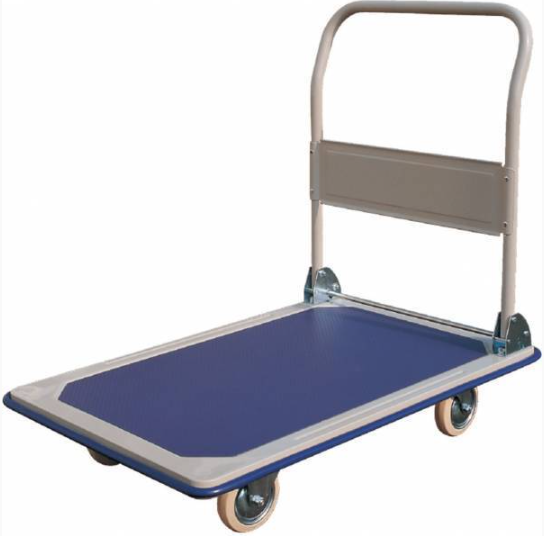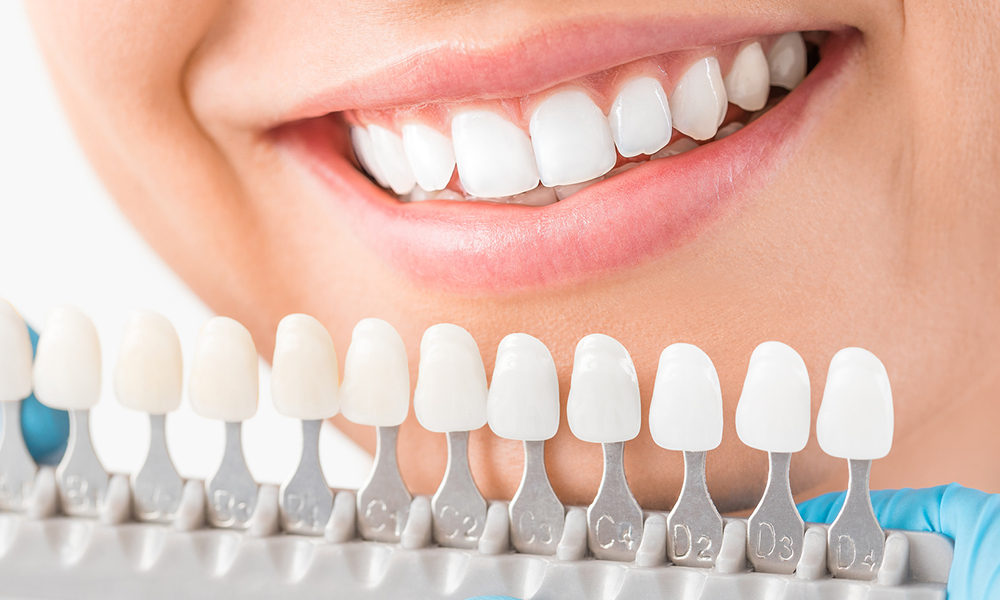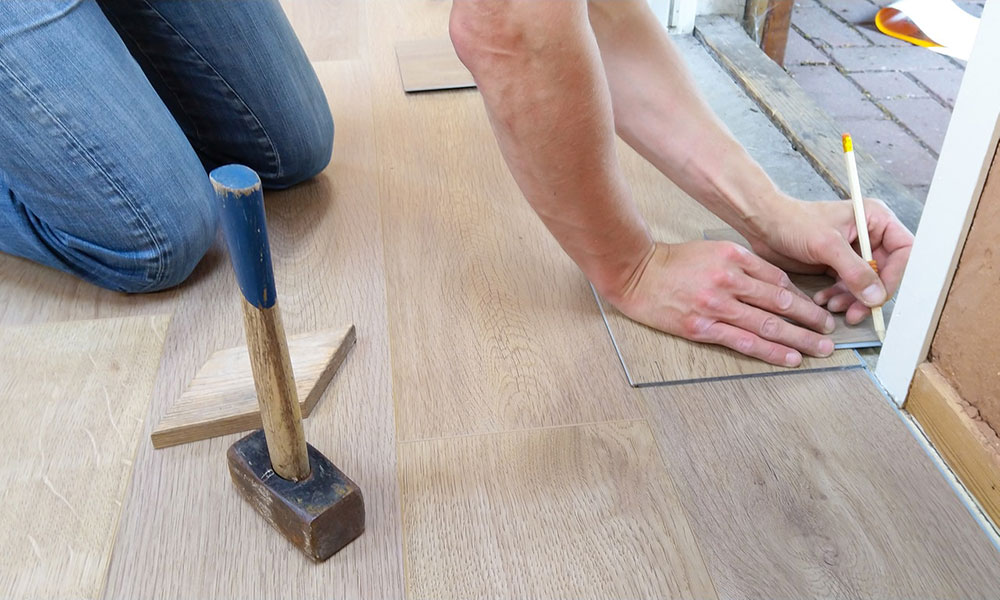When it comes to a clinic, selecting a PRP (Platelet rich plasma) preparation method might be quite difficult. The literature mentions more than 50 different systems, and all of them have different features. However, which aspects of PRP system comparisons are actually crucial?
What beginners do in a clinic is, initially focus on the PRP preparation process. Many of them might slowly develop an interest in the various aspects of PRP treatment such as profitability, streamlining, customization, effectiveness, and patient outcome. If you are looking for a quick guide to know how to choose a PRP preparation system, you have visited the right post. In this post, you are going to learn some tips on how to find an effective, affordable, and easy-to-use system.
Many orthopaedic disorders can be effectively treated with PRP. But according to experts not all platelet-rich plasma is equally created, and there are four elements that increase PRP’s efficacy. According to experts, the ideal PRP formulation contains the following characteristics.
- Maximum Lymphocytes
- Minimal RBC’s
- Maximum Monocytes
- Minimal Neutrophils
Despite the fact that it is the most efficient PRP formulation, most PRP preparation systems fail to meet the above requirements. Understanding a system’s operation can aid in determining which system gives an effective product. For PRP-tubes, you could choose Plasmolifting Technologies.
Their tubes are very popular in Germany and they can be used to produce platelet-rich plasma without giving a second thought. There are so many companies that offer PRP tubes at attractive prices, but they may not be good in quality. Hence, it is better to buy them from trustworthy companies like Plasmolifting Technologies.
Below are some tips for you for finding an effective PRP preparation system.
- In general, there should be no RBCs in the finished PRP product. As the red blood cells can negatively impact healing at several levels. Hence, they must be avoided. Researchers have tried several methods for overcoming this difficulty such as flow cytometry, hourglass configuration, etc. Even after using such tools, most systems give a PRP that is full of red blood cells.
Another important point that you should note here is the end product will be in red rather than amber. The gel-barrier approach is a useful technique that can be followed for separating platelets from red blood cells. By this time, you would have understood that you must always look for the systems that have low RBC count.
- Certain type of PRP systems requires removing the top of a container for drawing the buffy coat. Without knowing the potential exposure to pollutants at the office, it is quite difficult to discuss the purity and quality of PRP. A venting hood is essential to do this step, but unfortunately, many clinics don’t have it. If you fail to do this step, the platelet-rich plasma can be exposed to dangerous viruses and bacteria.
Platelet dosage is used to know the effectiveness of PRP, however current recommendations suggest minimal threshold needs to be met, and more may not be better. According to studies, this minimal threshold equals one billion platelets.











